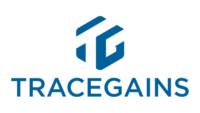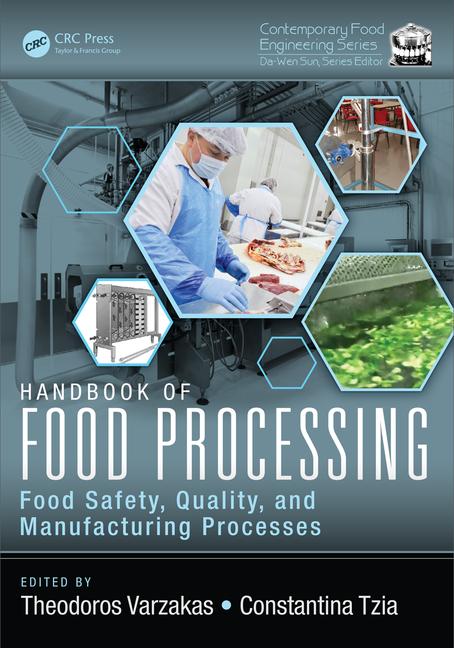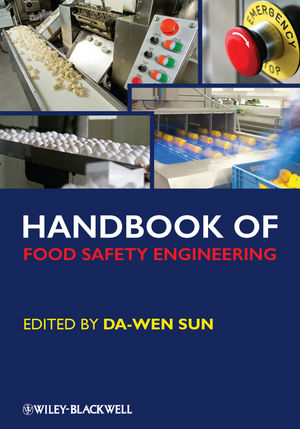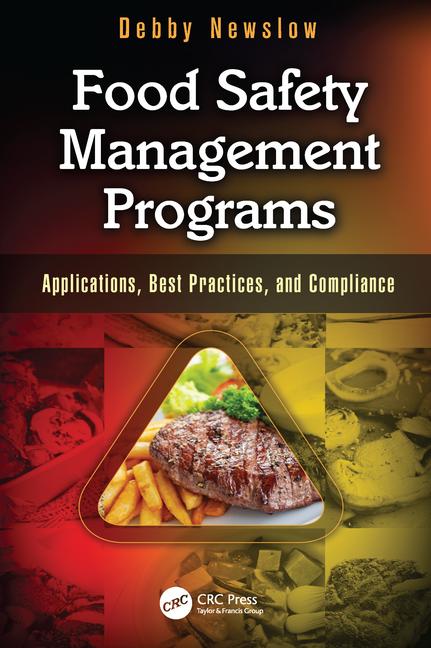Workers, operators, staff, personnel, team, employees—no matter how they are referred to, people are an integral part of any manufacturing operation, and no more so than in regulated industries. One of the most important aspects of personnel in regulated industries is how they are qualified. Having personnel that are qualified for the position and job they hold is not only essential to ensuring that quality, compliant, finished goods are manufactured; it is part of the law by which those items are regulated.
Almost every major section of the Code of Federal Regulations contains a subpart dedicated to personnel, and almost all of these subparts tell us the same thing, as illustrated in the examples below:
- Dietary Supplements 21 CFR 111.12(c): Each person engaged in manufacturing, packaging, labeling, or holding, or in performing any quality control operations, must have the education, training, or experience to perform the person's assigned functions.
- Pharmaceuticals 21 CFR 211.25(a): Each person engaged in the manufacture, processing, packing, or holding of a drug product shall have education, training, and experience, or any combination thereof, to enable that person to perform the assigned functions.
- Medical Devices 21 CFR 820.25(a)—General: Each manufacturer shall have sufficient personnel with the necessary education, background, training, and experience to assure that all activities required by this part are correctly performed.
So, how does one ascertain if a person is qualified for the job they are performing? Regulations as above tell us to look at three main categories, or "pillars," for the answer: education, experience, and training. Each of these pillars is a foundation upon which a qualified individual stands. To better understand these foundations, it is helpful to take a closer look at each one in turn.
Education
At first glance, education may seem fairly straightforward as a qualifying pillar, and to some extent it is. Education, at its most basic definition, is the acquisition of a body of knowledge, such as a high school education and diploma, a trade school education, or a university program and degree. It can also apply to certifications earned or completed outside of an educational complex, such as Certified Quality Auditor, Preventive Controls Qualified Individual, or Train the Trainer certification. Education may be evidenced by the diplomas or certificates earned, school transcripts, or through resume review.
The key element to be regarded from a regulatory standpoint is that the education required of your personnel should allow or enable them to perform the functions that are assigned to them, be it the operation of a production machine, completion and analysis of quality control testing, or management of an entire business unit.
Experience
Similar to education, experience is another straightforward qualifying pillar. Experience can come from existing jobs performed and previous positions held at the current company and/or previous businesses. Experience is typically defined as the work that has been completed by a person that helped them learn or practice skills and knowledge. Experience can be less concrete than other qualification pillars in that there are levels of perception of experience that can be obtained from one or more positions and tasks completed, such as management of people. A person that manages small groups of people in several positions can potentially be deemed to have the same experience as a person managing a large group of people during the same time period.
Experience also differs from other qualification pillars in that it provides evidence that you have practically applied the knowledge gained in the performance of the job or task. That practical application can be easily transferred to a new position or task, either by increasing the scope of the task to be completed (for example, managing more people or operating more machines) or bringing a new task in to replace a previous task (such as becoming a maintenance technician on a machine that you have been operating for many years). It is this transfer of application that makes experience a key qualification pillar. Experience is typically evidenced by a resume review. Once again, as with education, a key point is that the experience applies to the tasks or duties assigned to the individual.
Training
Training is arguably the most important of the three qualification pillars, due to the ability of the company to control its application and implementation. Education and experience will come with a person, but training is given by the company, and the company has complete control over what kind of training is given, how it is given, and to whom and by whom it is given. Depending on the industry, there are different training requirements set forth in the regulations. However, all training requirements have several items in common. Training as an element of a Quality Management System should be proceduralized according to the training methods used and how they are documented. Training in any form needs to be specific to the assigned duties or tasks of the staff to be trained, and it must be documented and kept as record for review during an audit or inspection. Each training record should include what training was given, the date the training was given, who was given the training, and who gave the training or led the training session.
Just as important as the training record is the record of training or qualification of the trainer, as well as the qualifications and training of any consultants that may be used for current Good Manufacturing Practices (cGMP) activities. Train the Trainer certificates and courses can be used to evidence trainer qualifications, as well as resume reviews for both trainers and consultants.
A robust training program should connect with every member of the staff in some form or fashion through the job-specific training they are given. It should also integrate into other systems within the organization, sometimes in unexpected ways. For instance, if you have ever been the author of a Standard Operating Procedure (SOP), knowing the training program in place and how employees will be training on the SOP may impact how that SOP is written and the terminology used, as well as the overall format (e.g., pictorial work instructions vs. detailed line-by-line instructions).
The Fourth Pillar
Finally, there is a surprise fourth pillar hidden in the title of this article, and that pillar is "perpetual." The word perpetual has several definitions, with the two most relevant to this discussion being that the item is never-ending, and that the item occurs repeatedly. The "perpetual" aspect of qualification applies to the other three pillars: qualification through education, experience, and training should be ongoing and periodic, as specified by regulation and procedure. This perpetual education, experience, and training can come from continuing education classes or credits, annual cGMP and other training topics, and continual on-the-job training as equipment and processes evolve. Perpetual qualification will help a staff grow and evolve with a business and industry, ensuring quality and compliance for years to come.
In closing, a robust and successful program of personnel qualification hinges on the application of three main pillars of qualification: education, experience, and training. These three pillars, when applied in a perpetual, repeating fashion, will allow a staff to flourish, remain complaint with applicable laws and regulations, and grow with a business and the related industry as a whole. These achievements, in turn, will help ensure that quality, compliant finished goods reach the market as intended.








